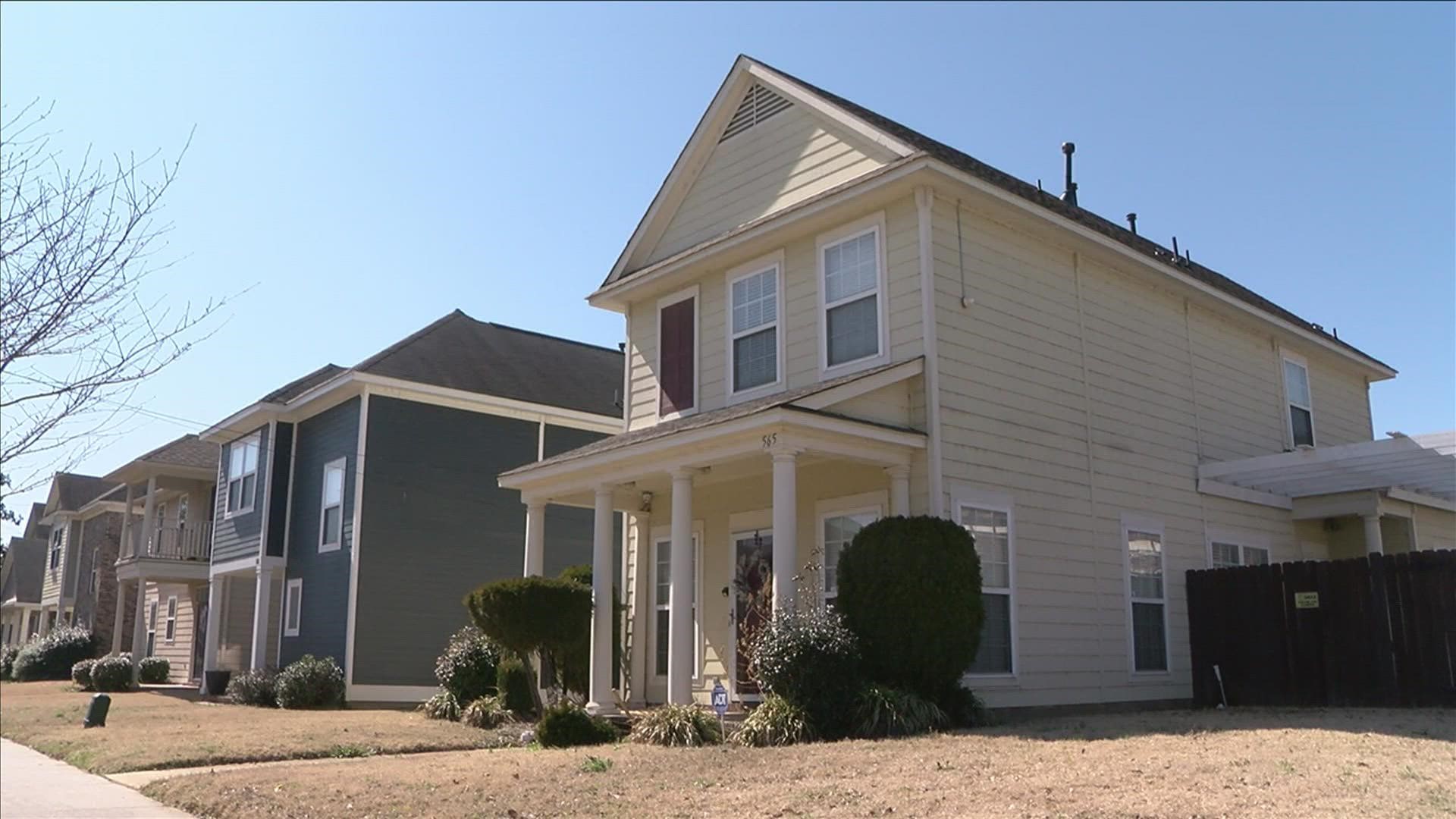MEMPHIS, Tennessee — The booming Uptown Memphis neighborhood is balancing positive progress, while not pricing out those who've called it home for decades.
Projects are rising in all areas of the community, in the shadow of the Downtown Memphis skyline along with Wolf River Harbor. That includes the massive, mixed-use Snuff District.
Construction continues at the 60-acre, former abandoned tobacco warehouse district that's now being reborn as offices, restaurants, and apartments.
While there's a lot of progress and pride, longtime neighbors are banding together to ensure those living here before the building boom aren't forced to leave.
That includes Leon Williams, who has called Uptown home for 45 years.
"40 years ago this neighborhood was totally different. There were a lot of boarded up homes, dilapidated homes," Williams recalled Tuesday.
That was then, but things are much different now.
"Uptown is looking up, most definitely, looking up for the better," Williams added, who now owns several residential properties.
"More money invested in the neighborhood, the better the neighborhood gets - more police presence, more community service," Williams said.
Momentum can be seen felt pretty much everywhere these days in Uptown, sandwiched between the St. Jude Children's Research Hospital expansion to the east and the Snuff District rising to the west.


"An upgrade is always better, always better, make the neighborhood look better," Dianne Peete said, a five-year Uptown resident.
Still, she's concerned some renters could eventually be priced out as new developments and apartments rise around them.
"I just hope they can pay the rent because if you stay in this area, this is no tale, I'm not putting myself on the scale, you've got to have some money," Peete added.
But other neighborhood leaders said that's not the case.
They point to Uptown's long term of public and private housing, intended to keep costs affordable and the area diverse and thriving.
"When Uptown started, it was a true neighborhood community. We had public housing, HOPE VI and market rate, and so as long as those three categories are still in place, we are good," Tanja Mitchell said.
The full buildout of the Snuff District is expected to take at least five more years to complete.

